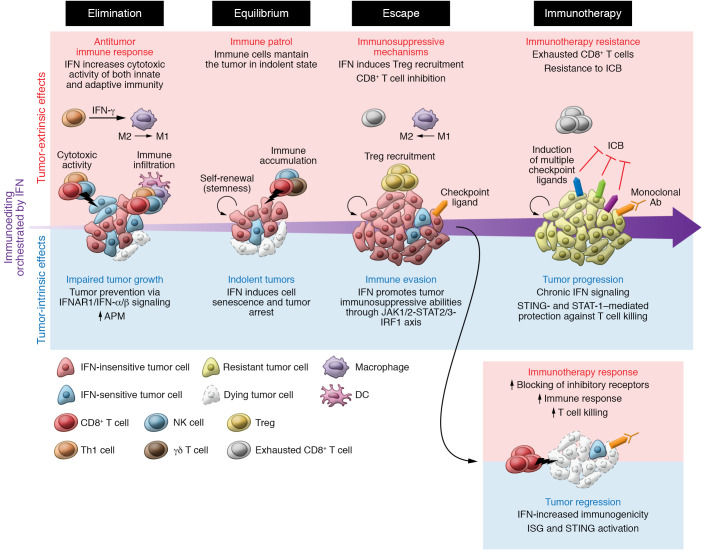Figure 2. Tumor-extrinsic and -intrinsic effects of IFN during immunoediting.
Elimination phase: IFNs orchestrate the pace of elimination by controlling cell proliferation, differentiation, and senescence; and by increasing tumor immunogenicity, immune infiltration, and adaptive immunity attack to clear tumor cells. Equilibrium phase: Remaining tumor cells, which survive immune attack, are poorly sensitive to IFN and thus less immunogenic and less visible to the adaptive immune system. Senescent cells can persist at this stage, and other IFN-nonresponsive cells can acquire stem cell abilities, such as self-renewal, maintaining the survival of this cell population contributing to tumor survival. Overall, there is a dynamic equilibrium of cell cycling and death mediated by the crosstalk of tumor and innate and adaptive immunity. Escape phase: IFN-insensitive proliferative clones, which also express immunosuppressive ligands to evade adaptive immunity, burst out. Tumor-extrinsic effects of IFN are mediated mainly by dendritic cells and macrophages. An immunosuppressive microenvironment leads to the expression of immunosuppressive receptors in CD8+ T cells, reducing the immune attack. Immunotherapy: During immunotherapy, the immune pressure is accentuated, leading to further immunoediting. Acute IFN signaling increases tumor immunogenicity, which turns cancer cells vulnerable to immune attack, favoring immunotherapy response and tumor regression. On the other hand, immunoedited cells are poorly differentiated and highly aggressive. Chronic IFN signaling contributes to immunosuppression by the upregulation of multiple immunosuppressive ligands, causing resistance to ICB monotherapy.

